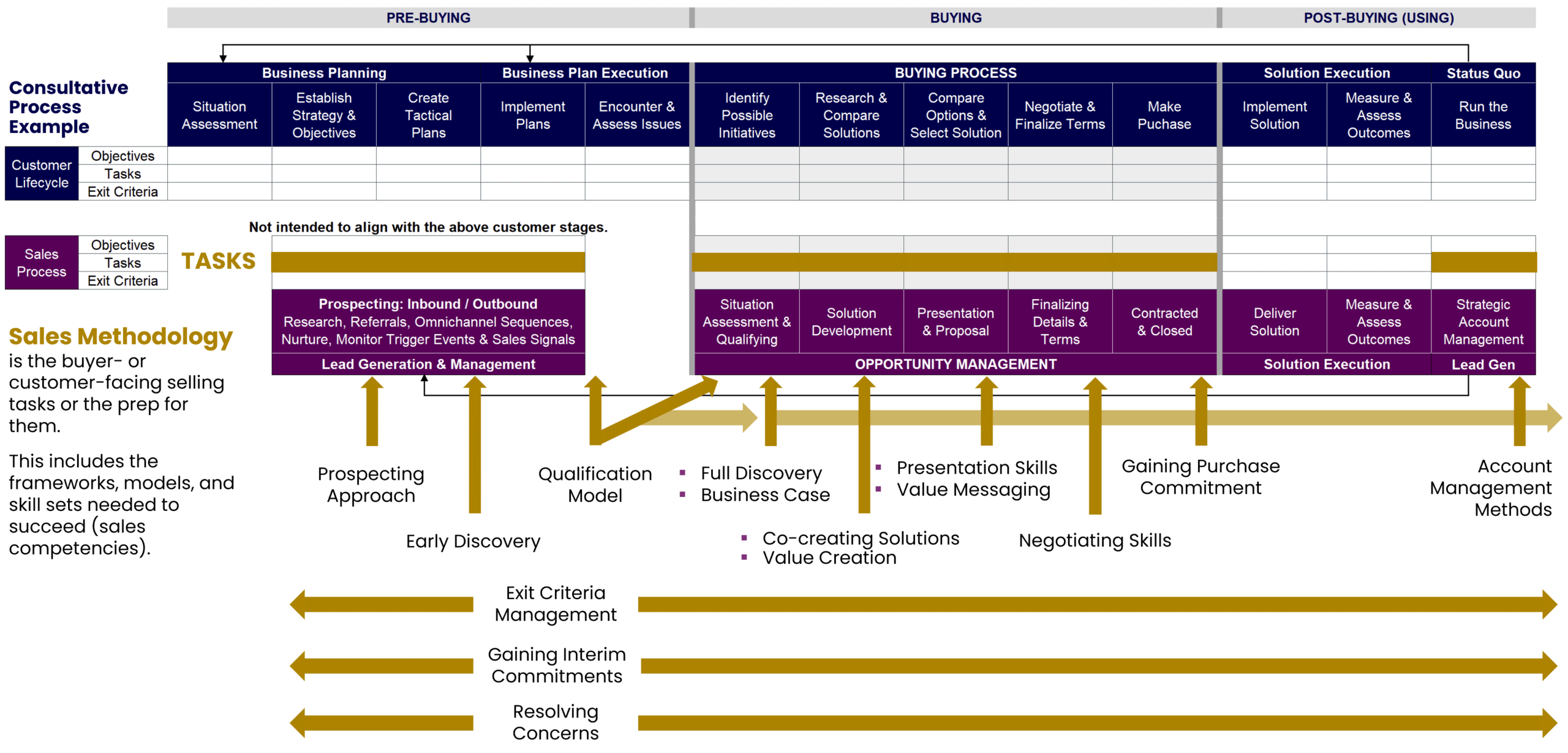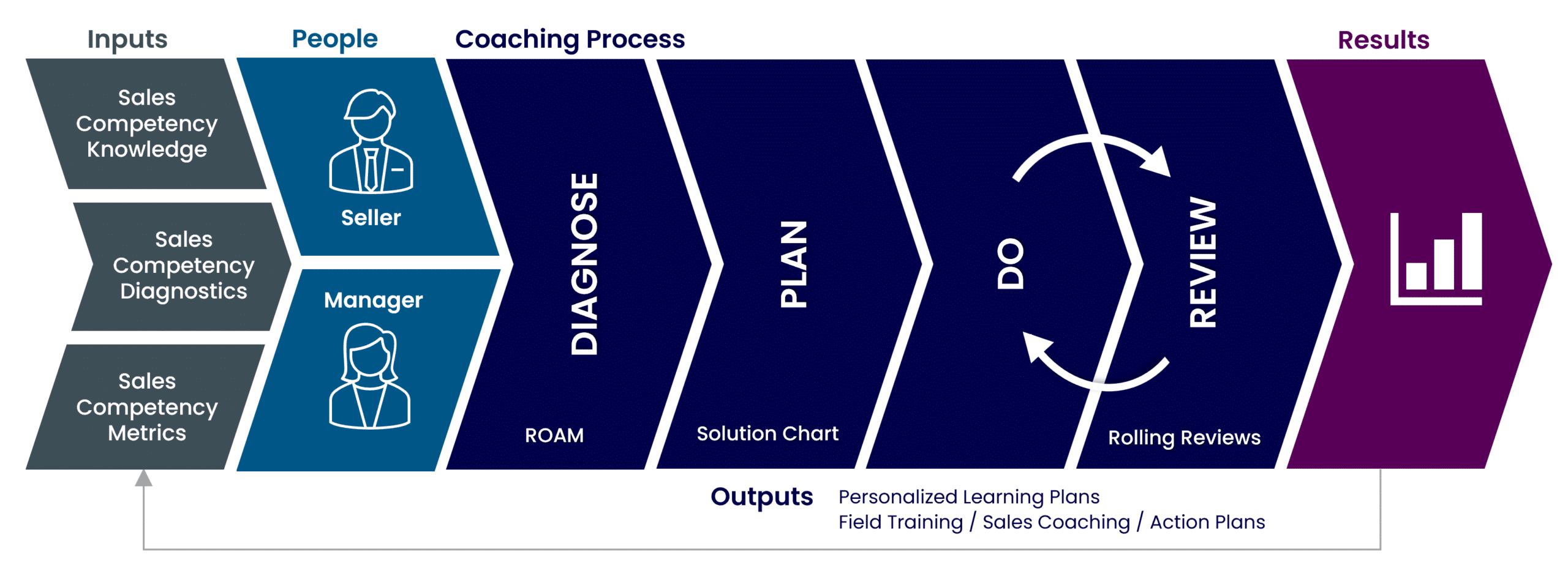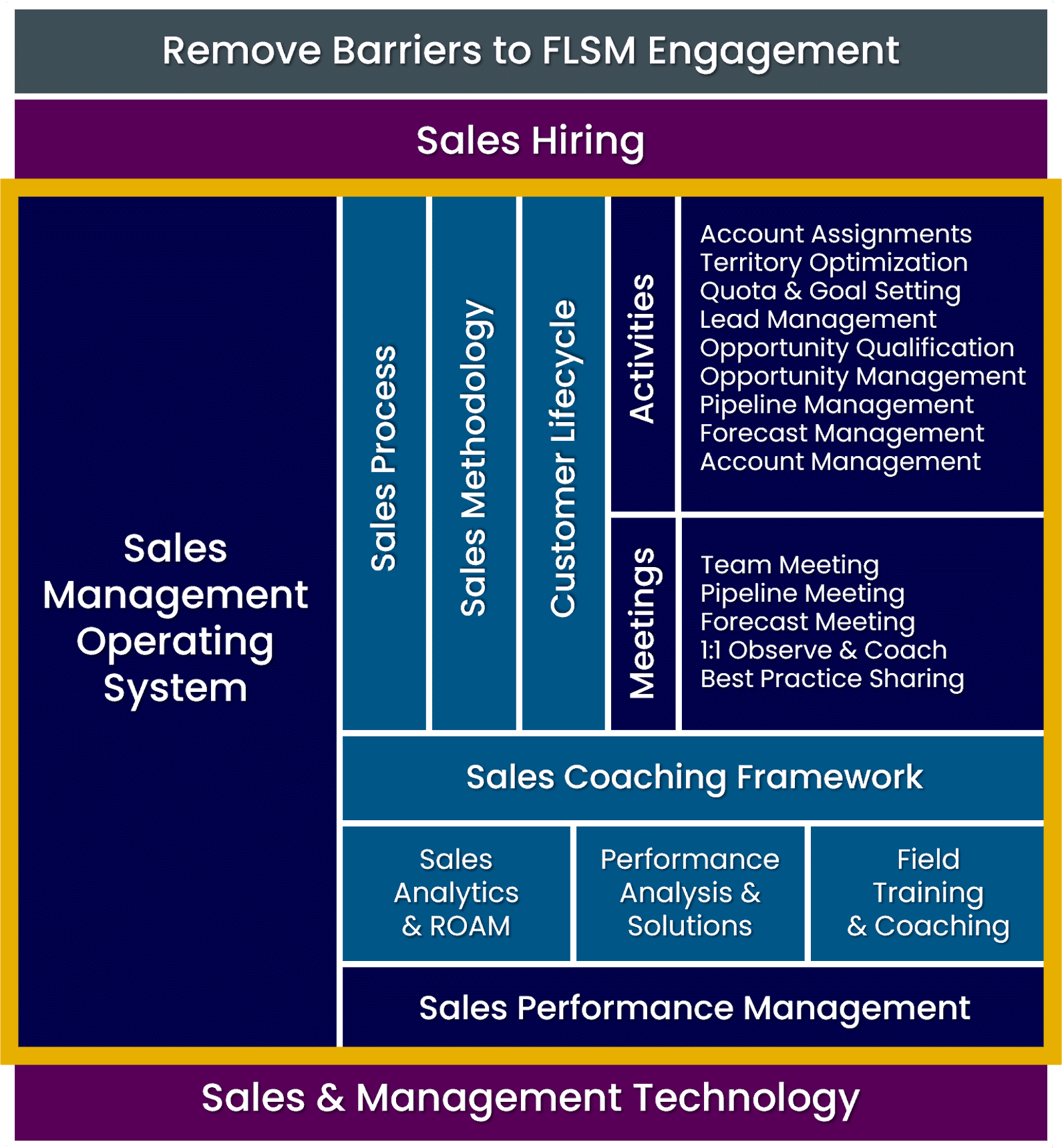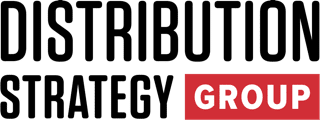One of the most fascinating conundrums I’ve observed in over 40 years in the sales profession is that everyone seems to want to increase sales, but not everyone will do what’s necessary to achieve that goal.
In my past 6 years serving the distribution market, I’ve seen this phenomenon far too often in our world, as well. Many distributors are operating on what I call “momentum fuel,” with long-term customers restocking what they usually buy, or current accounts that seek a bespoke solution because they’ve purchased from the company before. But in terms of intentional, purposeful efforts to grow accounts, only a few leaders are excelling.
This is business as usual. Operating on “momentum fuel” has been working for many for quite some time and will likely continue – until it doesn’t. This is not a recipe for growth and is, in fact, a risky business strategy.
So, in this post, for those distribution leaders who want to take the steps to radically improve their sales results and get into a cadence of continuous improvement afterward, I offer these nine steps as a roadmap to the results you want. Since there is detail behind each step, I’ll do my best to offer additional reading and resources.
Step 1: Know Thy Customer
The goal of this step is to know your customers and market better than your competition, allowing you to market more effectively and sell smarter. One of the deepest-seated human needs is to feel understood. Brands that demonstrate how well they know their target market create more awareness and interest through their marketing, and sellers who do this differentiate themselves from their competitors.
I offer a special caution to distributors on this topic. Many think they know their customers and market very well after years of doing business together. This usually persists until an expert consultant does buyer persona or buyer archetype research and presents the data to the executive team. That usually elicits an Aha Moment and some real insight to improve both marketing and sales.
Sellers who have sold to the same customer for years also tend to get complacent. This isn’t an insult; it’s a very natural human tendency that happens organically unless you purposefully fight against it.
Dig deeper. Develop deep buyer acumen. It will evolve and shape your business in ways you don’t expect until it happens.
Read more:
Step 2: Sales Model, Sales Structure, GTM Plans
This step is about getting the right sales model, sales structure and GTM plans in place. I lump these three together because they’re related. Your sales model includes how you are structured to interact with your buyers and customers, from your website, to ecommerce, to inside sales, to field sales. In an ideal world, it’s based on how your buyers want to buy and interact with a supplier, which is why Step 1 is so important. Then, you can structure your sales force to support the model and how you will go to market.
Step 3: Strategic Pricing
This step is simple and clear: implement strategic pricing. You might assume I’m biased since I work for a company that offers strategic pricing, but I don’t even work on that side of our business. I recommend this based on the massive impact I’ve seen it have on clients I work with, who are also working with our strategic pricing team.
There are two primary reasons for my recommendation:
- “Wild West” pricing always results in profit leakage, which is a big problem in an industry with small profit margins. Our pricing team often sees clients recoup 200-400 basis points in the first 90 days.
- The gains delivered through strategic pricing can fund some of the other steps, furthering your growth. It’s the gift that keeps on giving.
- Read more: Elevating Your Pricing Strategy: A Maturity Model for Distributors
Step 4: Negotiating Skill
Train your sellers in negotiation. We do this as part of every strategic pricing initiative, with remarkable results. Many buyers are better trained in negotiating than their seller counterparts, often making it an unequal playing field. It’s one thing to know the price you should get; it’s another to get it.
I recommend training your sellers in both tactical and integrative negotiation methods.
- Tactical negotiation includes the tactics and strategies that are taught in most negotiating courses – I call this the “put your hand on your wallet” training.
- Integrative negotiation – also called integrative bargaining, interest-based bargaining, or win-win negotiating – is a negotiation strategy in which the involved parties work together to find a solution that satisfies the needs and concerns of each. It’s about getting creative to grow the pie, not just divvying up what’s there now.
As advocates for buyer-centric selling, I don’t recommend you use tactics on your buyers, but rather understand them to deflect and protect yourself from them and redirect as needed to a more collaborative style. With some buyers, however, that is far more difficult than others. Not everyone wants to partner, so your sellers do need to know both styles.
Sidebar: It’s important to finish the sales job before negotiating. Sellers need to understand the situation and the needs and the value that matter to the buyer before negotiating. Otherwise, it will be all about price. Value selling comes first. Many sellers get pushed by savvy buyers into negotiating too earlier.
- Explore more: Negotiation Training
Step 5: Change Management
This step is about mastering change management. In today’s VUCA world (VUCA = volatile, uncertain, complex and ambiguous), I don’t know how you’d lead a company or a sales force without this skill.
Not only are agility and adaptability paramount today, but the ability to guide cultural changes, process changes, strategic or directional changes, and to win the hearts and minds of employees to engage them is absolutely essential for modern leaders.
Step 6: Sales Process & Sales Methodology
Multiple studies have proven that companies with high adoption of a formal process and methodology far outperform the rest.

- “Sales process” refers to the stages a sale progresses through (and the stages the buyers go through to make their purchase decision).
- “Sales methodology” includes the buyer- or customer-facing selling tasks that occur in those stages, or the preparation necessary to do those tasks.
If you can’t describe what you are doing as a process, you don’t know what you’re doing. – William Edwards Deming
Historically, most distributors have not formalized process and methodology. It’s more of a free-for-all. Many distributors do more transactional order flow business, meaning their customers select them as a supplier, order what they need, stock it, use or resell the product and reorder it as needed. Others are ordering on a per-job basis, while another portion are seeking bespoke solutions to a particular problem they are having (something to buy and implement, which is more like most other vertical industries). Often, more than one of these processes exist in the same distributor.
This complexity makes it all the more important to document your sales model (see Step 2), sales structure (the roles needed to support the model) and your GTM plans (how you will sell to your customers), because the various processes support the model– and therefore, your customers. The goal is to reduce friction, create efficiency, ensure an outstanding customer experience and maximize every transaction (aka sales effectiveness).
The sales methodology supports those goals by ensuring that sellers do the right things in the best possible way at every step of the process, including any handoffs from one team to another. It also supports maximizing every transaction and reaching the highest possible level of sales effectiveness.
- Read more about process and methodology: Understanding Sales Process, Methodology, and Competencies
- Explore a sales methodology: Modern Sales Foundations
Step 7: AI Support for Territory Management
Compared to many other verticals, distributors tend to focus more on territory and account management versus new business development. Since most have been in business for years and serve many customers, the territories tend to be large. When you offer thousands of SKUs and serve hundreds of customers, how can an account manager best manage and grow their territory? This is a similar challenge to pricing, in Step 3.
The most common approach is reactive. They visit their biggest customers, they answer phones and take orders, they respond to quote requests and send proposals.
Enter AI and algorithms. You can now use software to analyze a large territory with customers that purchase from thousands of SKUs and find similar customers, some of which aren’t ordering as wide a range of products as your best customers in that category do. Some solutions can also highlight customers whose orders have been slowing or decreasing in volume.
Analyzing large amounts of data and finding patterns is just one thing that AI excels at, but for a territory or account manager, it can play an important role in maximizing the value of the territory and allowing the account manager to spend time doing what they do best: selling and growing their territory.
There are many other uses for AI in distribution, such as inventory management optimization, demand forecasting, route planning, customer segmentation, price optimization, sales forecasting, warehouse automation and data analytics– essentially using AI to streamline operations across the entire distribution chain, from purchasing to delivery, by identifying patterns and making informed decisions based on data analysis.
Step 8: Sales Coaching Excellence
Similar to formal sales process and methodology, sales coaching is an exceptionally powerful performance lever that isn’t pulled often enough.

- Watch video: Overview – Sales Coaching Framework & Models (6 minutes)
- Read more: Mastering Sales Coaching: How to Train Sales Managers for Lasting Impact
Step 9: Sales Management Operating System & Cadence
Get your sales managers into a sales management operating cadence.

- An understanding of process, methodology and the customer lifecycle
- The management activities that are appropriate for the business, the related best practices and the expected cadence for each
- The individual and team meetings the manager should conduct, the related best practices and the expected cadence for each
- The inclusion of the sales coaching framework and models mentioned previously and the cadence at which developmental coaching should occur
- Effective sales performance management practices, to both support the sales force and help hold salespeople accountable.
The idea isn’t to create an army of robots, but to operationalize sales management to maximize the impact that your frontline sales managers can have with your sales force.
- Read more: The Sales Management System TSR 2025.pdf
Closing Thoughts
If you’re looking for a way to radically improve revenue while maintaining or growing profitability, these nine steps provide an excellent path forward. Some may be sequential, but you could manage most projects concurrently. In just 12-18 months, you could dramatically evolve your business and reap the rewards for your effort. As step 5 suggests, they are all change projects. Each requires top-down support and persistent attention until the change settles and becomes “the way we do things around here.” Easy? No. Possible? Yes. Worth it? Absolutely.
If you decide to evolve in this way, I applaud you and wish you the very best of success in your journey. If you need support, you know where to find me.
Mike Kunkle is an internationally recognized expert on sales enablement, sales effectiveness, sales training, sales coaching, sales management, and sales transformations.
He’s spent over 30 years helping companies drive dramatic revenue growth through best-in-class enablement strategies and proven effective sales systems.
Mike is the founder of Transforming Sales Results, LLC where he designs sales training, delivers workshops, and helps clients improve sales results through a variety of sales effectiveness practices and advisory services.
He collaborated to develop SPARXiQ’s Modern Sales Foundations™ curriculum and authored their Sales Coaching Excellence™ and Sales Management Foundations™ courses.
Mike's book, The Building Blocks of Sales Enablement, is available on Amazon, with others coming soon in 2026, starting with The CoNavigator Method for B2B Selling.

